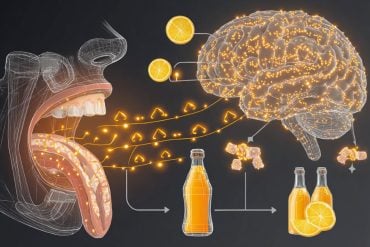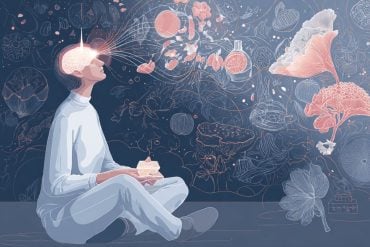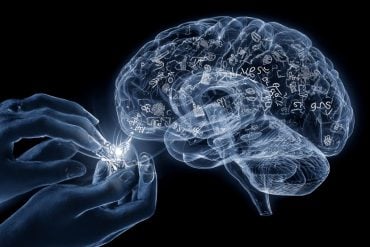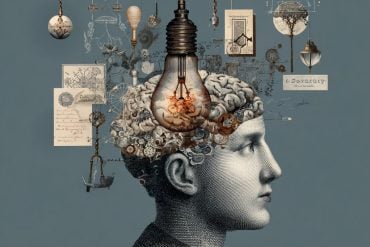Summary: A new study sheds light on how our brain stores long term spatial memories. Researchers have identified a specific pattern of neural activity in the retrosplenial cortex when our brains are in the process of storing spatial memories.
Source: Cardiff University.
Researchers at Cardiff University have mapped out how we store long-term spatial memory, shedding light on how our brains remember where things are within our surroundings.
Professor Frank Sengpiel, from Cardiff University’s School of Biosciences, said: “Until now, how the brain stores information about our environment over long periods of time has been a mystery.
“Our new research reveals a pattern of brain cell activity within the retrosplenial cortex when the brain is storing where things are located in space.
“Now that these cells have been identified, future research may show us how they become disrupted in, for example, Alzheimer’s Disease, or how we might be able to selectively modify them to enhance spatial memories.”
Our spatial memory allows us to record information about our environment and find our way around.
The team of researchers at Cardiff University used mazes to test the spatial memory of mice, putting strawberry milkshake in different parts of the maze.
The mice were tasked to explore the maze to find the milkshake, and then their brains were scanned to see what happened after they learnt how to orientate within the maze.
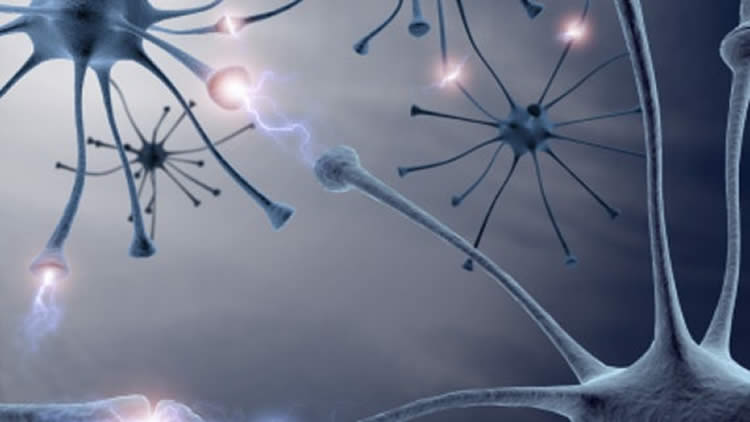
“After the mice had explored the maze, we scanned their brain to look at its activity.
“We found that a part of the brain called the retrosplenial cortex showed a specific pattern of activity after the mice had learnt where the strawberry milkshake was located.
“Twenty-four days later, we put the mice in the maze again, and we found that some mice were better at remembering where the strawberry milkshake was in the maze.
“These mice showed these same specific patterns of activity in this area of the brain,” said Professor Sengpiel.
Source: Frank Sengpiel – Cardiff University
Publisher: Organized by NeuroscienceNews.com.
Image Source: NeuroscienceNews.com image is in the public domain.
Original Research: Open access research for “Spatial Memory Engram in the Mouse Retrosplenial Cortex” by Michal M. Milczarek, Seralynne D. Vann, and Frank Sengpiel in Current Biology. Published June 7 2018.
doi:10.1016/j.cub.2018.05.002
[cbtabs][cbtab title=”MLA”]Cardiff University “Mapping Memory.” NeuroscienceNews. NeuroscienceNews, 13 June 2018.
<https://neurosciencenews.com/memory-mapping-9341/>.[/cbtab][cbtab title=”APA”]Cardiff University (2018, June 13). Mapping Memory. NeuroscienceNews. Retrieved June 13, 2018 from https://neurosciencenews.com/memory-mapping-9341/[/cbtab][cbtab title=”Chicago”]Cardiff University “Mapping Memory.” https://neurosciencenews.com/memory-mapping-9341/ (accessed June 13, 2018).[/cbtab][/cbtabs]
Abstract
Spatial Memory Engram in the Mouse Retrosplenial Cortex
Highlights
•Longitudinal C-fos imaging reveals retrosplenial spatial memory engrams in mice
•Engrams become progressively more stable with learning and are maintained over weeks
•The degree of memory retention is related to the stability of the engrams
Summary
Memory relies on lasting adaptations of neuronal properties elicited by stimulus-driven plastic changes. The strengthening (and weakening) of synapses results in the establishment of functional ensembles. It is presumed that such ensembles (or engrams) are activated during memory acquisition and re-activated upon memory retrieval. The retrosplenial cortex (RSC) has emerged as a key brain area supporting memory, including episodic and topographical memory in humans, as well as spatial memory in rodents. Dysgranular RSC is densely connected with dorsal stream visual areas and contains place-like and head-direction cells, making it a prime candidate for integrating navigational information. While previous reports describe the recruitment of RSC ensembles during navigational tasks, such ensembles have never been tracked long enough to provide evidence of stable engrams and have not been related to the retention of long-term memory. Here, we used in vivo 2-photon imaging to analyze patterns of activity of over 6,000 neurons within dysgranular RSC. Eight mice were trained on a spatial memory task. Learning was accompanied by the gradual emergence of a context-specific pattern of neuronal activity over a 3-week period, which was re-instated upon retrieval more than 3 weeks later. The stability of this memory engram was predictive of the degree of forgetting; more stable engrams were associated with better performance. This provides direct evidence for the interdependence of spatial memory consolidation and RSC engram formation. Our results demonstrate the participation of RSC in spatial memory storage at the level of neuronal ensembles.




